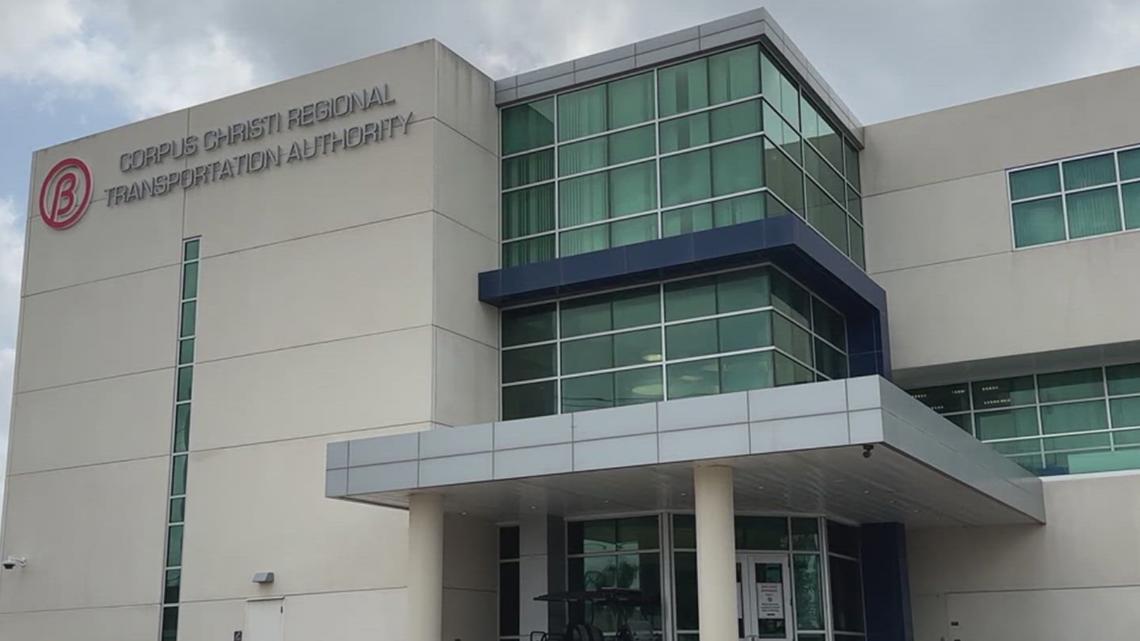
CCRTA secured a $46M federal grant to replace its decades-old maintenance facility, adding safer workspaces, modern equipment and improved hurricane-response uses.
CORPUS CHRISTI, Texas — The Corpus Christi Regional Transportation Authority (CCRTA) has received a $46 million federal grant to build a new maintenance facility, a major investment that transit leaders say will improve safety, efficiency and long-term service reliability.
The current facility, which services the entire city bus fleet, is decades old and in deteriorating condition. City and transit officials say replacing it is essential for meeting Corpus Christi’s growing transportation needs.
“That’s a grand slam for Corpus Christi,” said At-Large Councilman Roland Barrera, speaking about the funding that will replace the CCRTA’s aging maintenance hub.
Barrera, who served as chair of the CCRTA in the late 1990s, said securing this level of funding is rare.
“It’s unprecedented. The RTA during times of hurricane they will help in the transportation of disadvantaged to be able to evacuate,” he said.
CCRTA Chairman Arthur Granado said the new facility will modernize maintenance operations and improve working conditions for employees.
“That’s where all our buses, our whole fleet is maintained and all of them are serviced there. So all of them will be going to that maintenance facility,” he said.
Granado said the rebuild has been needed for years.
“It’s very old. It’s outdated, it’s antiquated. The rebuilding there costs millions of dollars just to keep it updated. And it’s a facility that’s basically exposed to the elements,” he said.
He added that the new building will be designed with employees’ safety and comfort in mind.
“Good conducive environment to be able to work in our South Texas heat, which is very hot as we all know. So it’ll be air conditioned, great maintenance facility about 75,000 square feet,” he said.
Barrera said the upgraded facility will also play a critical role during emergencies, giving workers—and the vehicles they rely on—the space and tools needed to respond quickly.
“They could house emergency vehicles in the time if we had a hurricane or something of that nature. And so that way they can be deployed very quickly. We can store them there,” he said.
